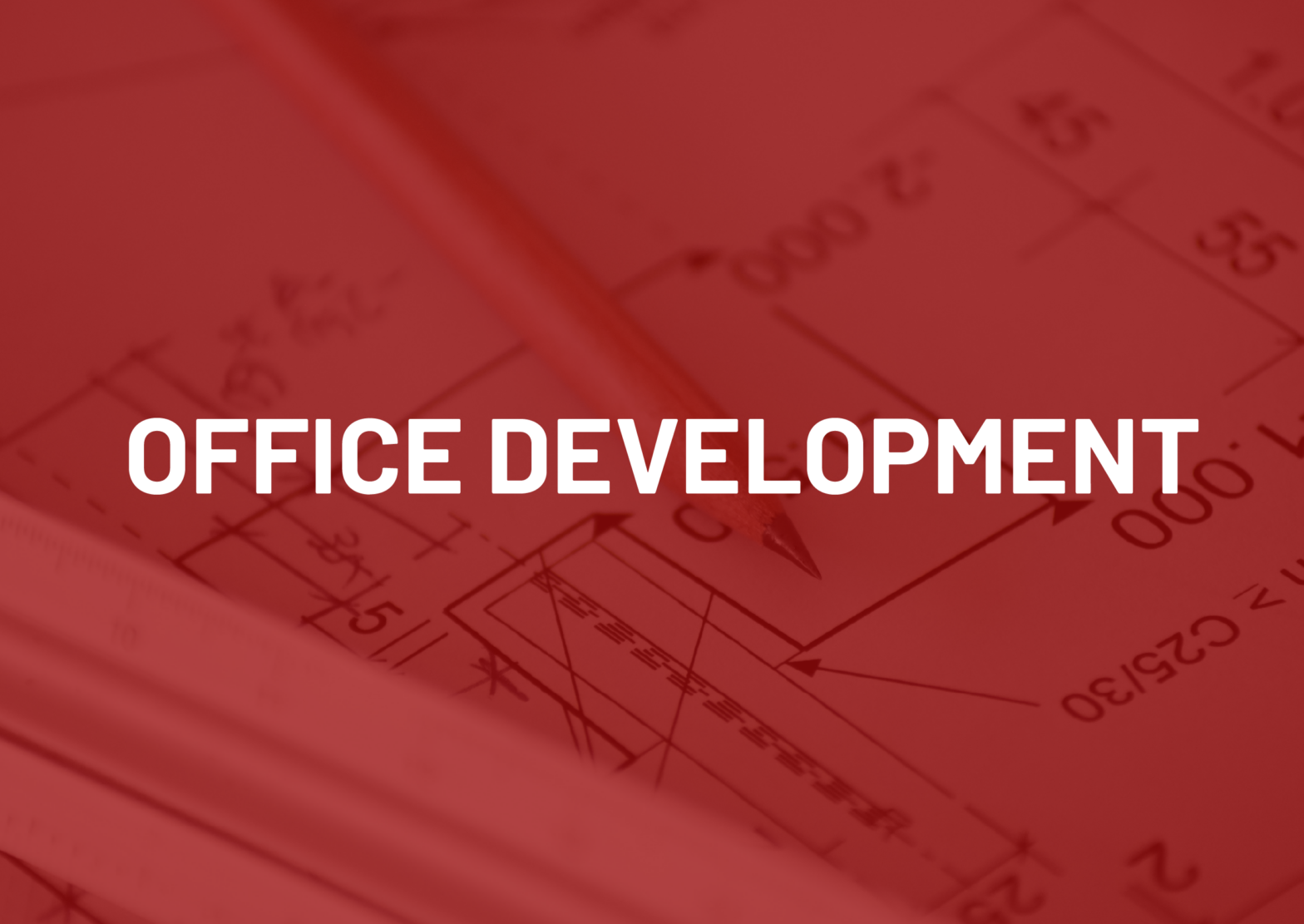You are already thinking like a project manager, you just don’t know it.
Project management is not a particular set of steps in a process. Project management is about the way you think. It is the critical thinking process of how to approach projects and get them accomplished. Much like procurement, project management has been under-going some major shifts.
For a brief over of what is project management, and the project management knowledge areas read this article.
In the traditional sense, the steps of the procurement cycle are accomplished sequentially, the next step depending upon whether the first step was completed. Similarly, waterfall project management refers to completing a series of steps in a linear fashion, creating dependencies from one phase of the project. Customers and stakeholders are usually engaged only in the beginning and end stages of this method.

In agile procurement, teams are assigned backlogged tasks to complete within an iteration, with continuous feedback from stakeholders. In agile project management, projects are completed in shorter, flexible based iterations using lean principles. Changes to the end deliverable are expected in agile, each iteration is treated as an improvement cycle for the end product, engaging customers and stakeholders along the way.
See any similarities yet?
Read this article from PMI on waterfall versus agile methods.
Why Project Management in Procurement? The short answer: because it works.
A study in the Journal of Operations Management shows a direct positive relationship between agile manufacturing methods and operational performance. Meaning, when agile project management methods are used, organizations see improvements in both process efficiencies and bottom-line value.
But embracing agile is tough. Getting cross-level buy-in from coworkers, executive authority, and agency stakeholders for breaking down barriers between organizational hierarchies isn’t an overnight process, but it is worthwhile. In 2019, Forbes reported that agile method really is worth the investment of reorganizing and redesign.
Procurement specialists are the central point of contact for multiple stakeholders, balancing risk management, legal compliance, and aligning actions with executive and customer agency directives. Procurement specialists are used to balancing multiple deliverables, stakeholders, and projects. Procurement specialists are project managers and can elevate and encourage innovation by capitalizing on agile methods.
